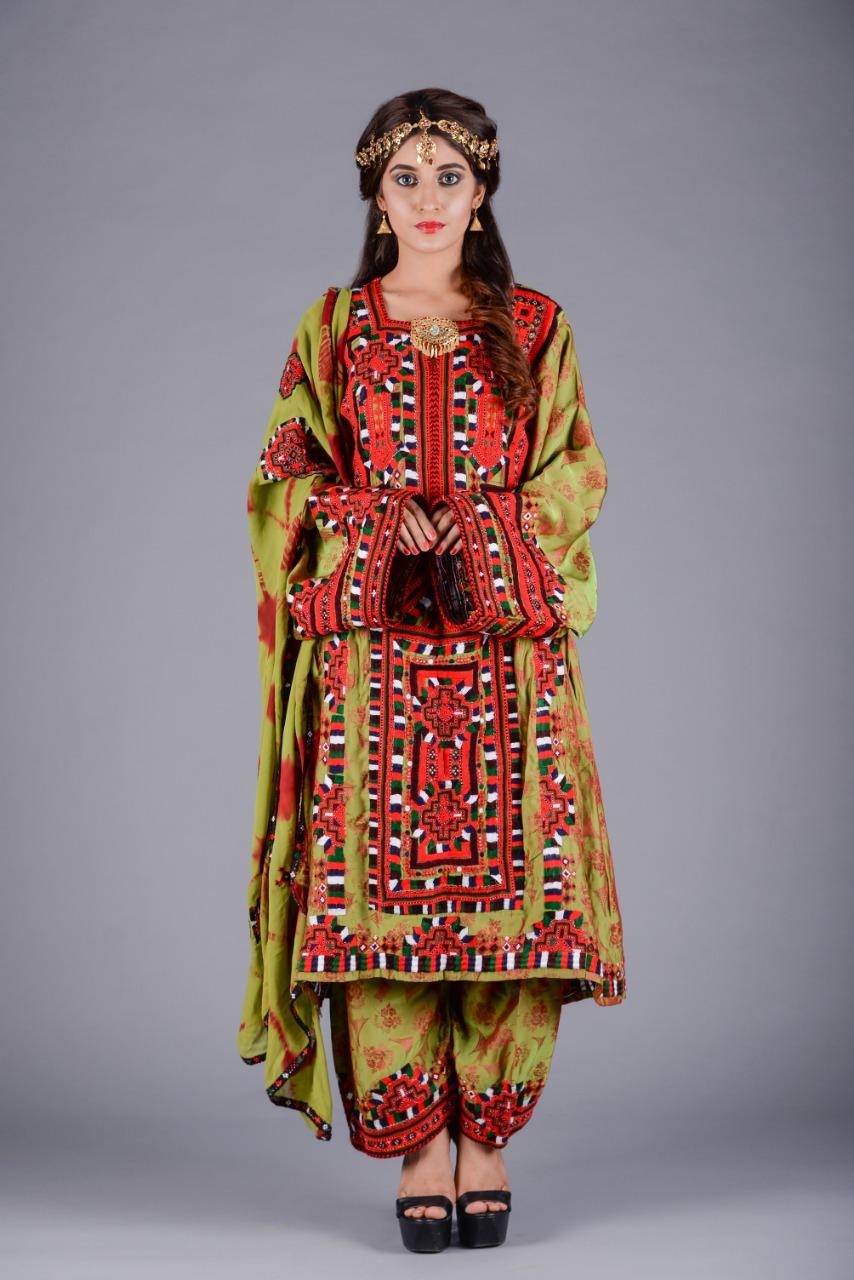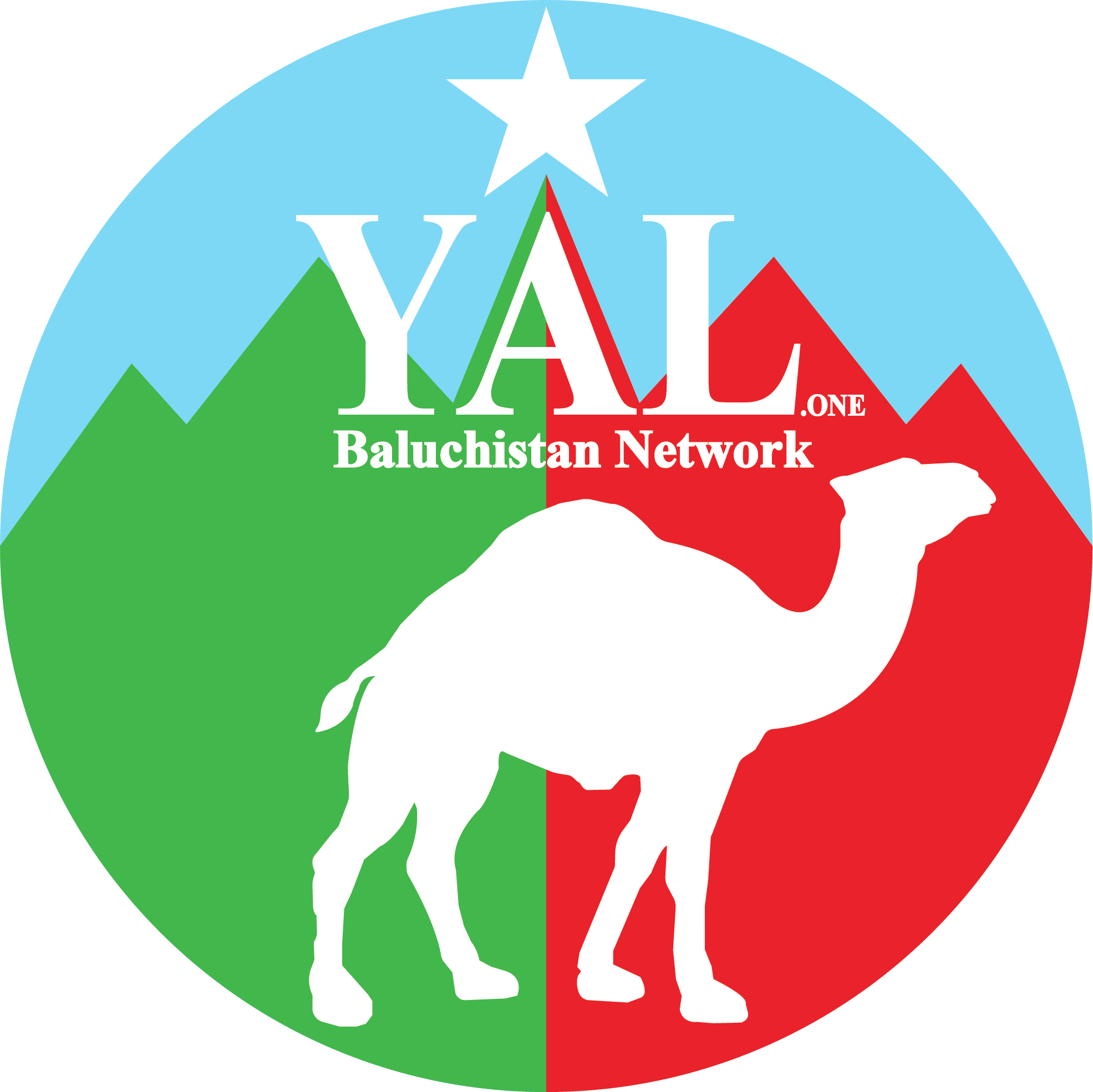
Baluch
Nation
Baluchi Language: This language has evolved over centuries in Baluchistan inhabited by the Baloch Nation, Baluch have a distinct culture and history. Baluchi has influenced various languages due to historical interactions, including Kurdish, Pashtu, Persian, Arabic, and various languages of the Indian subcontinent evolved from the Baluchi language.

Who are the Baluch people?
The answer is simple, Baluch are from Baluchistan, have always been from Balochistan. They are the original inhabitants of area and have lived in this area for thousands of years. Historical records show that Baluch have lived in Baluchistan for over 21,000+ years.
Unlike any other
Peaceful & evolved
Ancient people
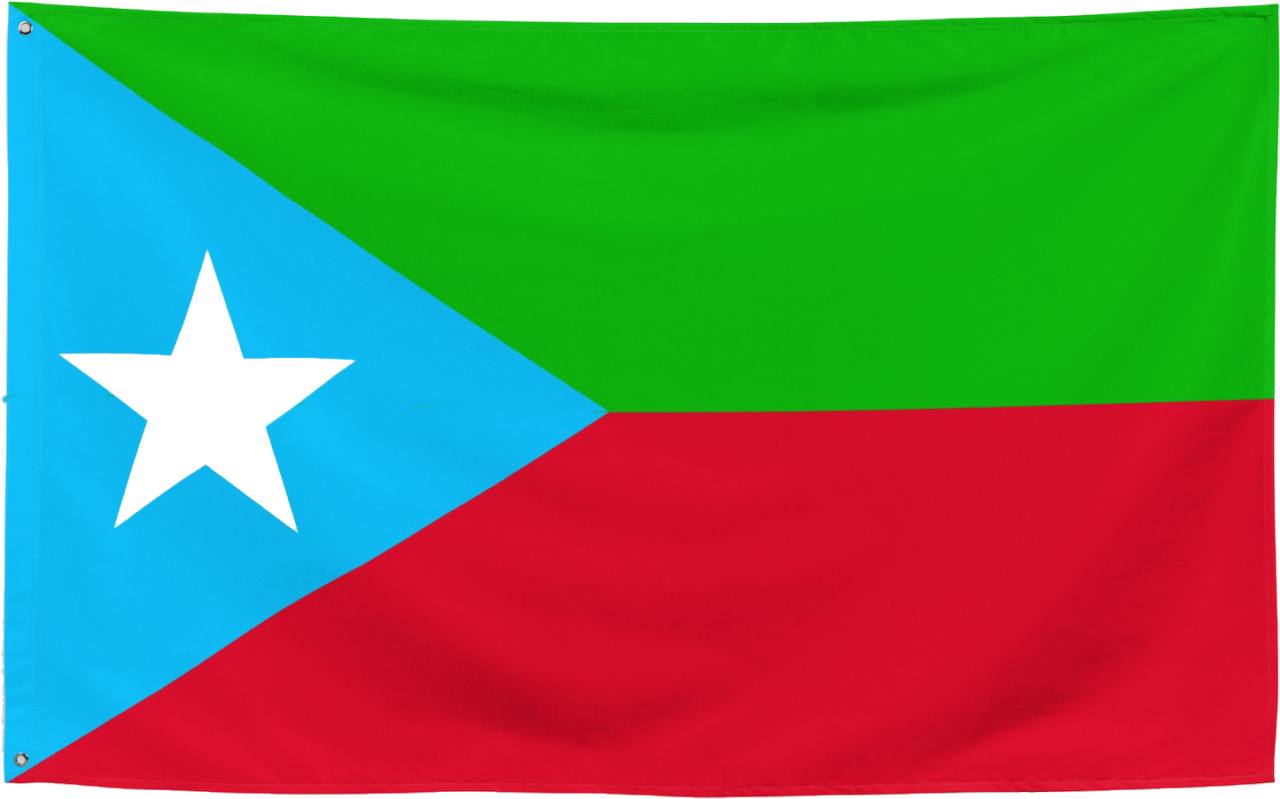
Mehrgarh Baluch Civilization
Mehrgarh, situated in the occupied country of Baluchistan, is one of the most significant archaeological sites in South Asia. It is considered one of the earliest known Neolithic (late Stone Age) sites, dating back to around 7000 BCE. This ancient site predates the Indus Valley Civilization, making it one of the earliest examples of human Baluch civilization in the region.
The site was first discovered in 1974 by a team led by French archaeologist Jean-François Jarrige. Excavations at Mehrgarh have revealed evidence of a complex society engaged in agriculture, animal domestication, and trade. The people of Mehrgarh cultivated crops such as wheat, barley, and legumes, and they domesticated animals such as sheep, goats, and cattle. This transition from a nomadic lifestyle to settled agriculture represents a significant milestone in human history, marking the beginning of the Neolithic Revolution in the region.
The archaeological findings at Mehrgarh include intricately crafted pottery, tools made of stone and bone, and evidence of advanced craftsmanship. The site also provides insight into the social structure and beliefs of its ancient inhabitants. Burial sites unearthed at Mehrgarh reveal evidence of early religious practices and ritualistic activities.
The significance of Mehrgarh lies not only in its antiquity but also in its role as a precursor to the urban civilizations that would emerge in the region, such as the Baluch Valley Civilization. The discoveries at Mehrgarh have reshaped our understanding of early human history, highlighting the ingenuity and complexity of ancient societies in the region. The site continues to be a subject of ongoing research and excavation, offering valuable insights into the origins of human civilization. Baluch are ancient people, an evolved people, a peaceful people.
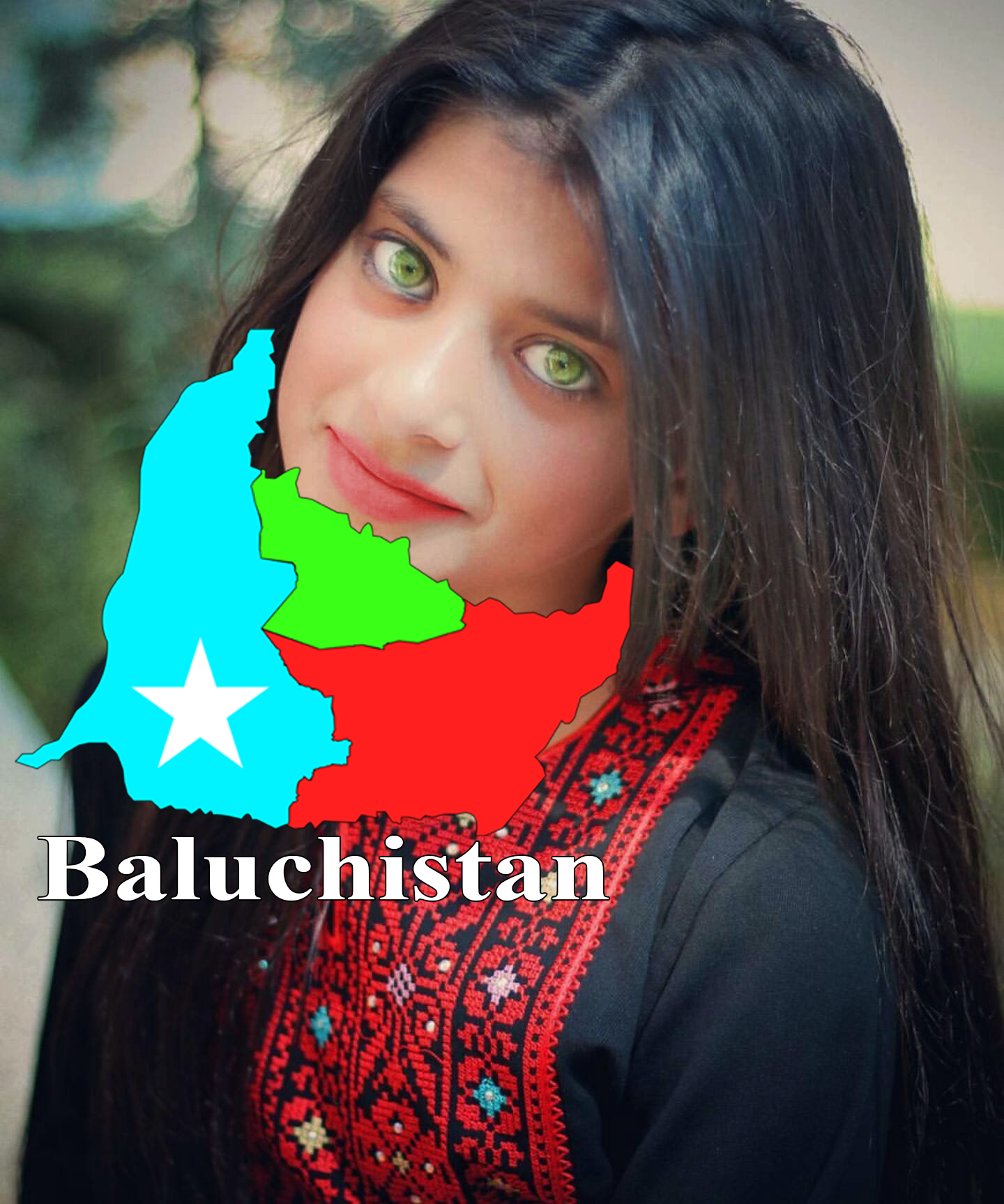
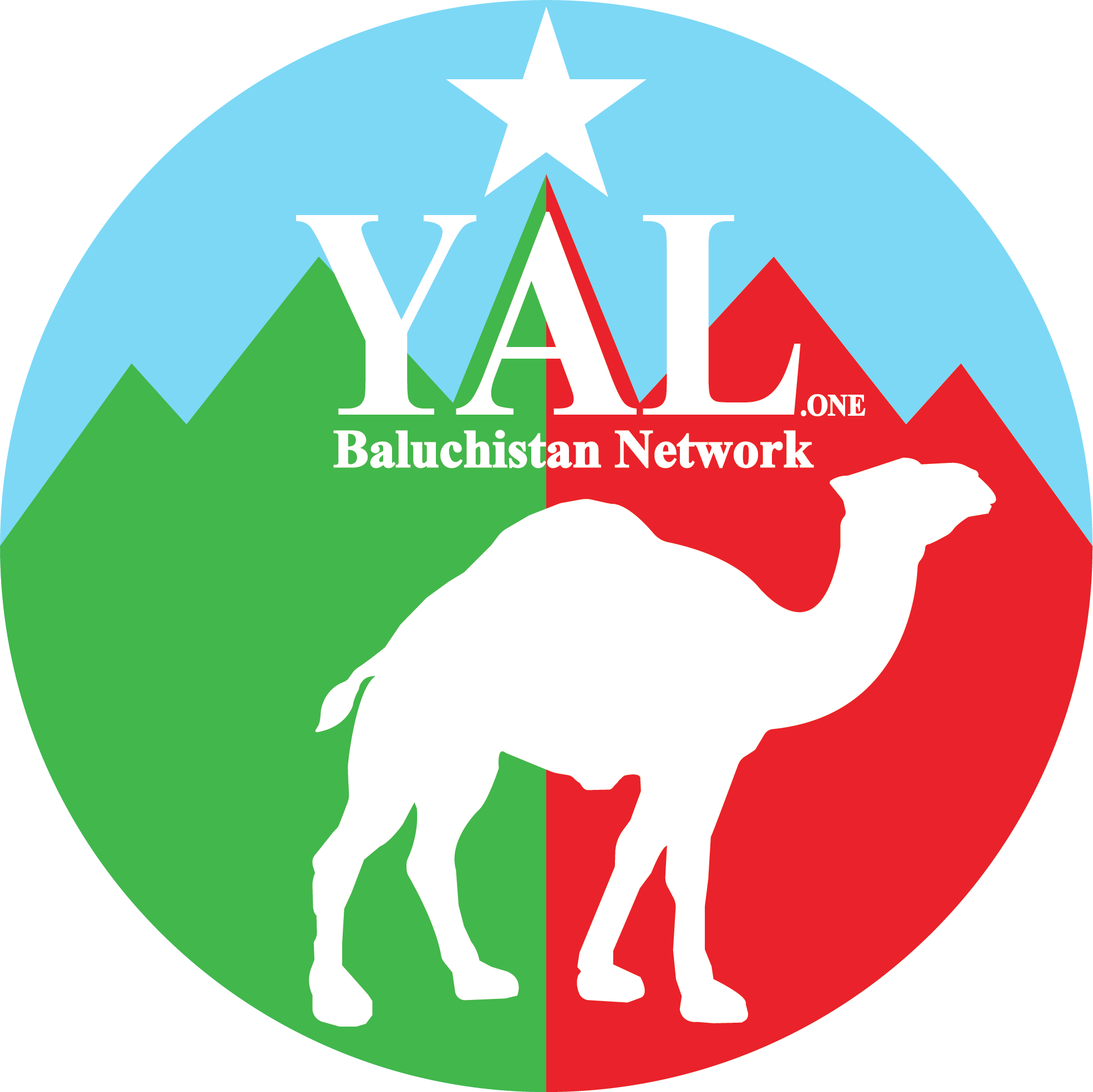
Baluch + Neighbors
The genetic history of the Baloch people is distinct and complex, unlike that of many other ethnic groups. Studies on genetic diversity have shed some light on the genetic composition of the Baloch people and their mixed offspring.
Genetic research suggests that the Baloch people, who predominantly inhabit Baluchistan, share genetic affinities with neighboring populations such as Arabs, Kurds, Pashtuns, and Sindhis. Studies based on DNA analysis, including studies of Y-chromosome and mitochondrial DNA markers, have revealed genetic similarities between the Baloch and other groups, indicating shared ancestry and historical connections through marriage and ties.
Additionally, studies have indicated genetic admixture between the Baloch people and neighboring populations, reflecting historical interactions and migrations. Genetic studies have shown influences from Pashtun, Kurd, and Arab populations, possibly reflecting historical movements and interactions between the Baloch and neighboring groups in the subcontinent.
Overall, genetic research provides valuable insights into the genetic diversity and population history of the Baloch people, highlighting their connections with neighboring populations and the complex patterns of human migration and interaction in Baluchistan. However, it’s essential to interpret genetic data with caution and in conjunction with other historical and archaeological evidence to gain a comprehensive understanding, but in the case of Baluch people their genetic history is very transparent, they are as old as time.

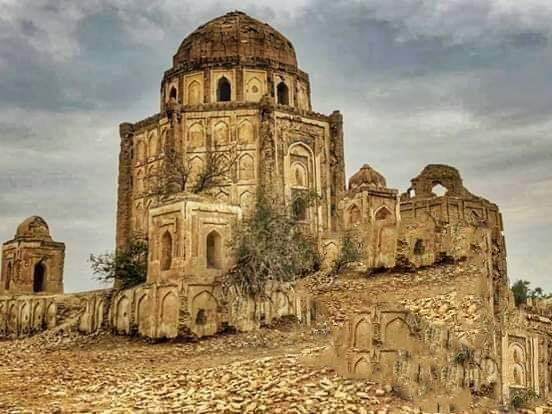
Dorrazaie, are candidly the only direct lineal, the undeviating successor & scion of King Mir Chakar the Great! “Today, the Dorra Baluch are scattered all around East and West Baluchistan” and go as Baluch. They fight along-side the Baluch Nation and have fueled the independence struggle of Baluchistan since the British set-foot in Baluchistan, British engaged in creating a cascade of long-term troubles for the amazing Baluch Nation.
“TOMB OF MIR DORRA 1ST IN GANDAHWAG BALUCHISTAN “
Baluchi Language
Baluchi Language
Baluchi Langauge, one of the oldest living languages of the Indo-Middle Eatern gorup of the Indo European languages. A western Middle Eastern langauge, Baluchi is spoken by over 61 Million Baluch people as the first language at home.
Baluchi language shines
Baluch everywhere are learning to speak Baluchi more and more and are taking alien words out of their daily conversations to keep the pronounciations and verbs clean and clear.
Baluchi Poetry
Baluchi poetry dates to at least th emiddle of the 5th centure ce. It was later recorded by using local adapation of nasta liq script. During the midle 15 century Jam Durrak, the chief poet of the court of King Mir Nasir of Kalat, wrote songs and poems that are still sung by our people.
Origins
Scholars have found it easy to reach consensus regarding the Baluch language origins, which dates back to the beginning of ancient times. Languages which have influenced from Baluchi are, Pashtu, Brahui, Sindhi, Farsi and Kurdish.
Distinct and pure
Our language, culture, and traditions are distinct. We are nothing like our aggressors; we do not seek to invade anyone. We simply want the invaders to leave our lands.
Our code of conduct has always been to live and let live. The current situation is being forced upon us by Iran and Pakistan.
We are a mature, ancient nation with a moral code that advocates for peace and prosperity.
